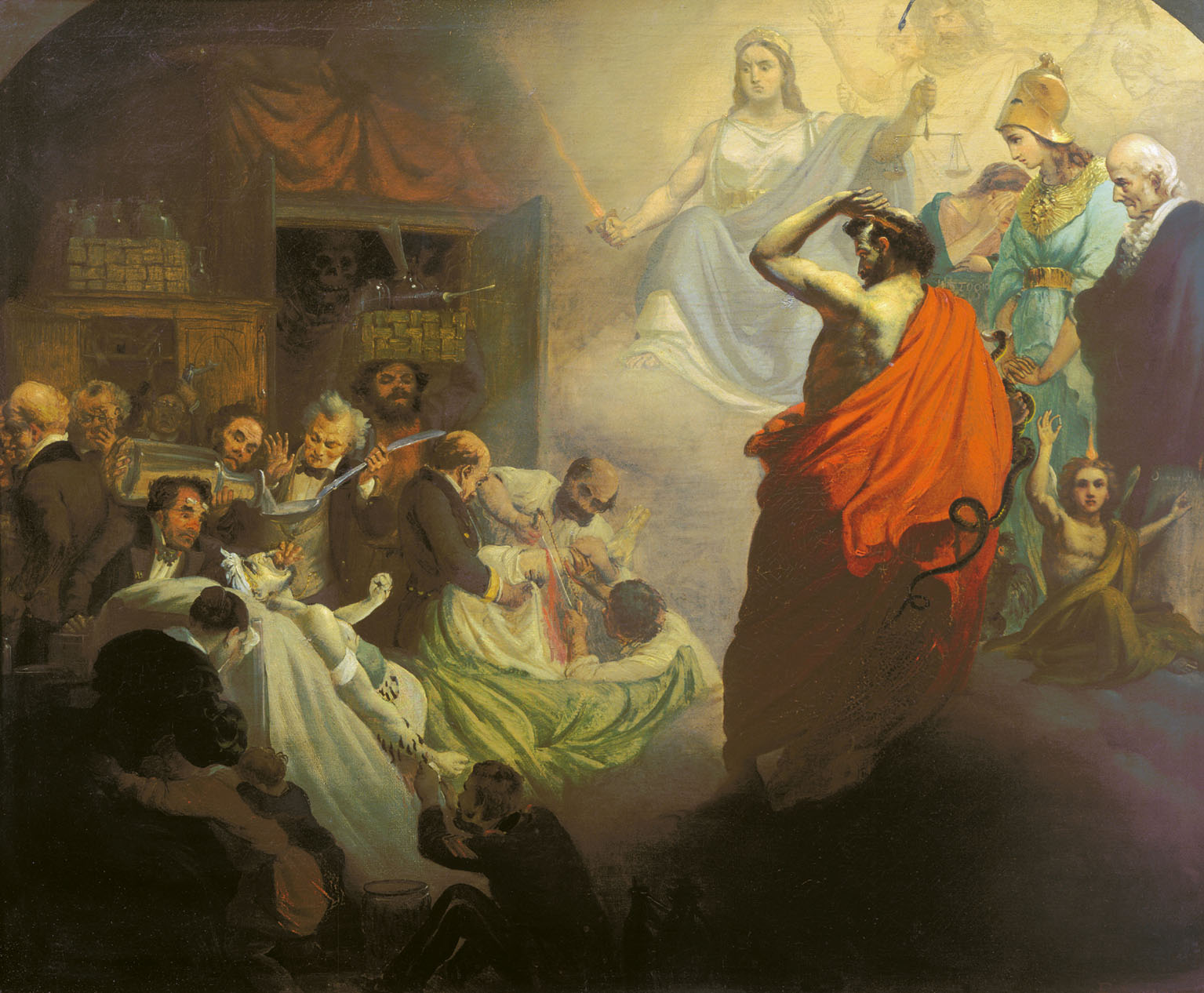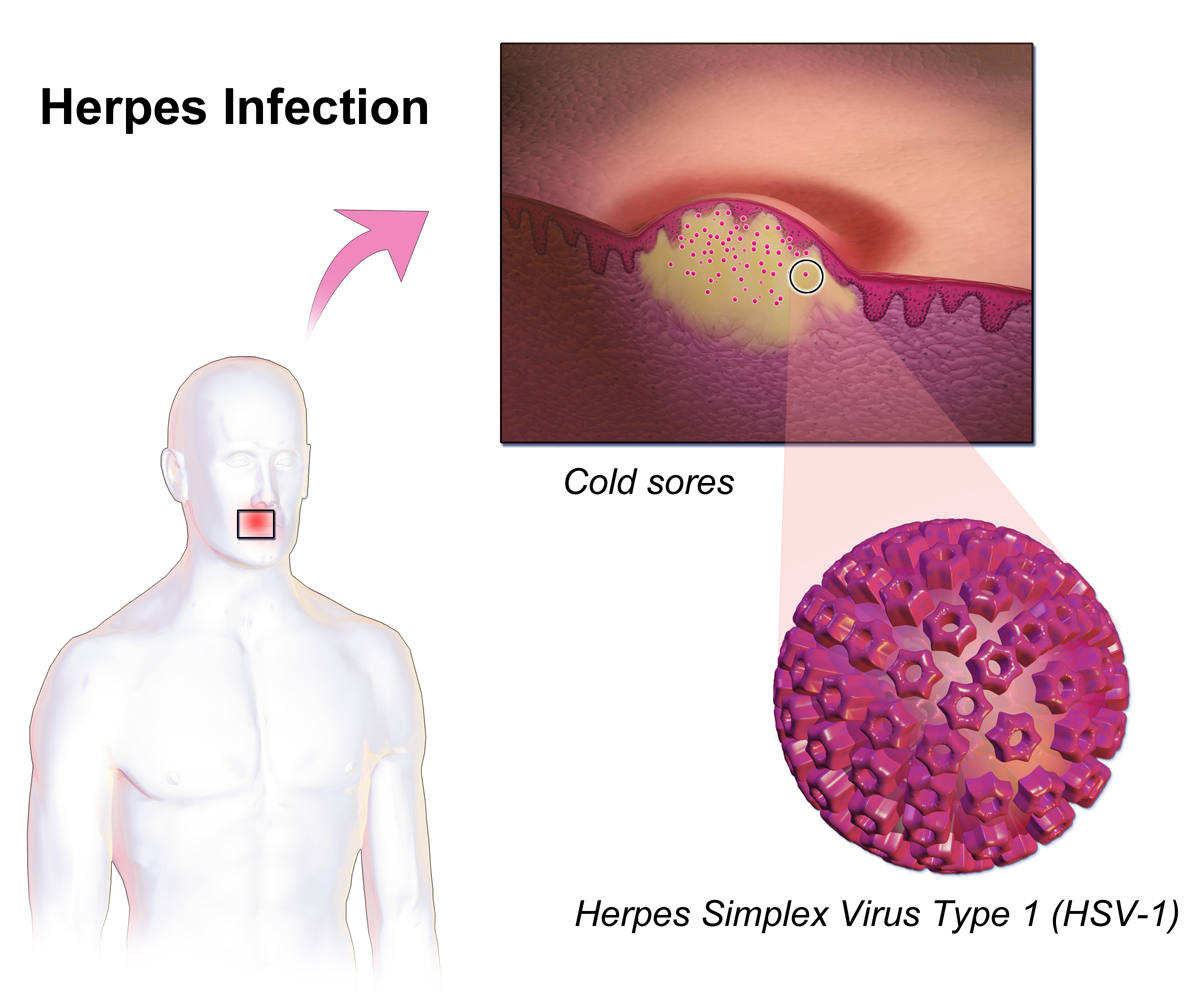|
Oscillococcinum
Oscillococcinum (or Oscillo) is a homeopathic preparation marketed to relieve flu-like symptoms, although it does not provide any benefit beyond that of a placebo. Oscillococcinum is promoted according to the homeopathic principle that "like cures like", and that a disease can be cured by small amounts of the substance that cause similar symptoms. Boiron is its sole manufacturer. Oscillococcinum is used in more than 50 countries, being particularly popular in France, and has been in production for over 65 years. Oscillococcinum was originally proposed by the French physician Joseph Roy (1891–1978), on the basis of his misidentification of a supposed oscillating bacterium he named ''oscillococcus'' in victims of the Spanish flu epidemic of 1917–1918. Roy said he had seen the same bacterium in cancer sufferers, and proposed a homeopathic preparation (which he claimed to have isolated in a duck) as a remedy for the Spanish flu. The microbes Roy said he saw have never been i ... [...More Info...] [...Related Items...] OR: [Wikipedia] [Google] [Baidu] |
Boiron
Boiron () is a manufacturer of homeopathic products, headquartered in France and with an operating presence in 59 countries worldwide. It is the largest manufacturer of homeopathic products in the world. In 2004, it had a workforce of 2,779 and turnover of € 313 million. It is a member of the CAC Small stock index. In June 2005, the firm acquired Dolisos Laboratories, then the world's second largest manufacturer of homeopathic preparations. Products of Boiron include mono- (Hahnemanian) and poly-preparations, which Boiron refer to as "proprietary drugs". Homeopathy is a pseudoscience with no evidence of effectiveness for stated claims or plausible mechanism of medicinal effect, and several class action lawsuits have been filed on behalf of consumers claiming that Boiron's homeopathic products, including Children's Coldcalm and Oscillococcinum, are useless and Boiron's marketing of these products is deceptive. Controversies Samuele Riva Samuele Riva, an Italian blogger, wr ... [...More Info...] [...Related Items...] OR: [Wikipedia] [Google] [Baidu] |
Homeopathy
Homeopathy or homoeopathy is a pseudoscientific system of alternative medicine. It was conceived in 1796 by the German physician Samuel Hahnemann. Its practitioners, called homeopaths or homeopathic physicians, believe that a substance that causes symptoms of a disease in healthy people can cure similar symptoms in sick people; this doctrine is called ''similia similibus curentur'', or "like cures like". Homeopathic preparations are termed ''remedies'' and are made using homeopathic dilution. In this process, the selected substance is repeatedly diluted until the final product is chemically indistinguishable from the diluent. Often not even a single molecule of the original substance can be expected to remain in the product. Between each dilution homeopaths may hit and/or shake the product, claiming this makes the diluent "remember" the original substance after its removal. Practitioners claim that such preparations, upon oral intake, can treat or cure disease. All relevant ... [...More Info...] [...Related Items...] OR: [Wikipedia] [Google] [Baidu] |
Homeopathic Dilutions
In homeopathy, homeopathic dilution (known by practitioners as "dynamisation" or "potentisation") is a process in which a substance is diluted with alcohol or distilled water and then vigorously shaken in a process called "succussion". Insoluble solids, such as quartz and oyster shell, are diluted by grinding them with lactose ('' trituration''). The founder of homeopathy, Samuel Hahnemann (1755–1843), asserted that the process of succussion activated the "vital energy" of the diluted substance, and that successive dilutions increased the "potency" of the preparation, although other strands of homeopathy (such as Schuessler's) disagreed. The concept is pseudoscience because, at commonly used dilutions, no molecules of the original material are likely to remain. Therefore high homeopathic dilutions must be distinguished from low dilutions where there can be an overlap with herbal medicine. Background The founder of homeopathy, Samuel Hahnemann found that undiluted doses ca ... [...More Info...] [...Related Items...] OR: [Wikipedia] [Google] [Baidu] |
Eczema
Dermatitis is a term used for different types of skin inflammation, typically characterized by itchiness, redness and a rash. In cases of short duration, there may be small blisters, while in long-term cases the skin may become thickened. The area of skin involved can vary from small to covering the entire body. Dermatitis is also called eczema but the same term is often used for the most common type of skin inflammation, atopic dermatitis. The exact cause of the condition is often unclear. Cases may involve a combination of allergy and poor venous return. The type of dermatitis is generally determined by the person's history and the location of the rash. For example, irritant dermatitis often occurs on the hands of those who frequently get them wet. Allergic contact dermatitis occurs upon exposure to an allergen, causing a hypersensitivity reaction in the skin. Prevention of atopic dermatitis is typically with essential fatty acids, and may be treated with moisturi ... [...More Info...] [...Related Items...] OR: [Wikipedia] [Google] [Baidu] |
Bacterium
Bacteria (; : bacterium) are ubiquitous, mostly free-living organisms often consisting of one biological cell. They constitute a large domain of prokaryotic microorganisms. Typically a few micrometres in length, bacteria were among the first life forms to appear on Earth, and are present in most of its habitats. Bacteria inhabit the air, soil, water, acidic hot springs, radioactive waste, and the deep biosphere of Earth's crust. Bacteria play a vital role in many stages of the nutrient cycle by recycling nutrients and the fixation of nitrogen from the atmosphere. The nutrient cycle includes the decomposition of dead bodies; bacteria are responsible for the putrefaction stage in this process. In the biological communities surrounding hydrothermal vents and cold seeps, extremophile bacteria provide the nutrients needed to sustain life by converting dissolved compounds, such as hydrogen sulphide and methane, to energy. Bacteria also live in mutualistic, commensal and ... [...More Info...] [...Related Items...] OR: [Wikipedia] [Google] [Baidu] |
Herpes
Herpes simplex, often known simply as herpes, is a viral infection caused by the herpes simplex virus. Herpes infections are categorized by the area of the body that is infected. The two major types of herpes are oral herpes and genital herpes, though other forms also exist. Oral herpes involves the face or mouth. It may result in small blisters in groups, often called cold sores or fever blisters, or may just cause a sore throat. Genital herpes involves the genitalia. It may have minimal symptoms or form blisters that break open and result in small ulcers. These typically heal over two to four weeks. Tingling or shooting pains may occur before the blisters appear. Herpes cycles between periods of active disease followed by periods without symptoms. The first episode is often more severe and may be associated with fever, muscle pains, swollen lymph nodes and headaches. Over time, episodes of active disease decrease in frequency and severity. Herpetic whitlow typically inv ... [...More Info...] [...Related Items...] OR: [Wikipedia] [Google] [Baidu] |
Chicken Pox
Chickenpox, also known as varicella ( ), is a highly contagious disease caused by varicella zoster virus (VZV), a member of the herpesvirus family. The disease results in a characteristic skin rash that forms small, itchy blisters, which eventually scab over. It usually starts on the chest, back, and face. It then spreads to the rest of the body. The rash and other symptoms, such as fever, tiredness, and headaches, usually last five to seven days. Complications may occasionally include pneumonia, inflammation of the brain, and bacterial skin infections. The disease is usually more severe in adults than in children. Chickenpox is an airborne disease which easily spreads via human-to-human transmission, typically through the coughs and sneezes of an infected person. The incubation period is 10–21 days, after which the characteristic rash appears. It may be spread from one to two days before the rash appears until all lesions have crusted over. It may also spread through c ... [...More Info...] [...Related Items...] OR: [Wikipedia] [Google] [Baidu] |
Shingles
Shingles, also known as herpes zoster or zona, is a viral disease characterized by a painful skin rash with blisters in a localized area. Typically the rash occurs in a single, wide mark either on the left or right side of the body or face. Two to four days before the rash occurs there may be paresthesia, tingling or local pain in the area. Other common symptoms are fever, headache, and tiredness. The rash usually heals within two to four weeks, but some people develop ongoing neuropathy, nerve pain which can last for months or years, a condition called postherpetic neuralgia (PHN). In those with Immunosuppression, poor immune function the #Disseminated shingles, rash may occur widely. If the rash involves the eye, vision loss may occur. Shingles is caused by the varicella zoster virus (VZV) that also causes chickenpox. In the case of chickenpox, also called varicella, the initial infection with the virus typically occurs during childhood or adolescence. Once the chickenpox ha ... [...More Info...] [...Related Items...] OR: [Wikipedia] [Google] [Baidu] |
Tuberculosis
Tuberculosis (TB), also known colloquially as the "white death", or historically as consumption, is a contagious disease usually caused by ''Mycobacterium tuberculosis'' (MTB) bacteria. Tuberculosis generally affects the lungs, but it can also affect other parts of the body. Most infections show no symptoms, in which case it is known as inactive or latent tuberculosis. A small proportion of latent infections progress to active disease that, if left untreated, can be fatal. Typical symptoms of active TB are chronic cough with hemoptysis, blood-containing sputum, mucus, fever, night sweats, and weight loss. Infection of other organs can cause a wide range of symptoms. Tuberculosis is Human-to-human transmission, spread from one person to the next Airborne disease, through the air when people who have active TB in their lungs cough, spit, speak, or sneeze. People with latent TB do not spread the disease. A latent infection is more likely to become active in those with weakened I ... [...More Info...] [...Related Items...] OR: [Wikipedia] [Google] [Baidu] |
Rheumatism
Rheumatism or rheumatic disorders are conditions causing chronic, often intermittent pain affecting the joints or connective tissue. Rheumatism does not designate any specific disorder, but covers at least 200 different conditions, including arthritis and "non-articular rheumatism", also known as "regional pain syndrome" or "soft tissue rheumatism". There is a close overlap between the term soft tissue disorder and rheumatism. Sometimes the term "soft tissue rheumatic disorders" is used to describe these conditions. The term "Rheumatic Diseases" is used in MeSH to refer to connective tissue disorders. The branch of medicine devoted to the diagnosis and therapy of rheumatism is called rheumatology. Types Many rheumatic disorders of chronic, intermittent pain (including joint pain, neck pain or back pain) have historically been caused by infectious diseases. Their etiology was unknown until the 20th century and not treatable. Postinfectious arthritis, also known as react ... [...More Info...] [...Related Items...] OR: [Wikipedia] [Google] [Baidu] |
British Journal Of Clinical Pharmacology
The ''British Journal of Clinical Pharmacology'' is a monthly peer-reviewed medical journal published by Wiley-Blackwell on behalf of the British Pharmacological Society. It covers all aspects of drug action in humans and was established in 1974. It was initially published by Macmillan, and moved to be published by Blackwell (since Wiley-Blackwell) in 1983. The early editors were known as Chairmen of the Editorial Board, until January 2007, when the title was changed to what it is currently, namely Editor-in-Chief. The following is a list of all previous Chairmen or Editors-in-Chief: * Graham M Wilson† (University of Glasgow) (1974–7) * Colin T Dollery† (Royal Postgraduate Medical School, London) (1978–82) * Alasdair M Breckenridge† (University of Liverpool) (1983–8) * David G Grahame-Smith† (University of Oxford) (1988–95) * Geoffrey T Tucker (University of Sheffield) (1995–2002) * Jeffrey K Aronson (University of Oxford) (2003–7) * James M Ritter (King ... [...More Info...] [...Related Items...] OR: [Wikipedia] [Google] [Baidu] |






